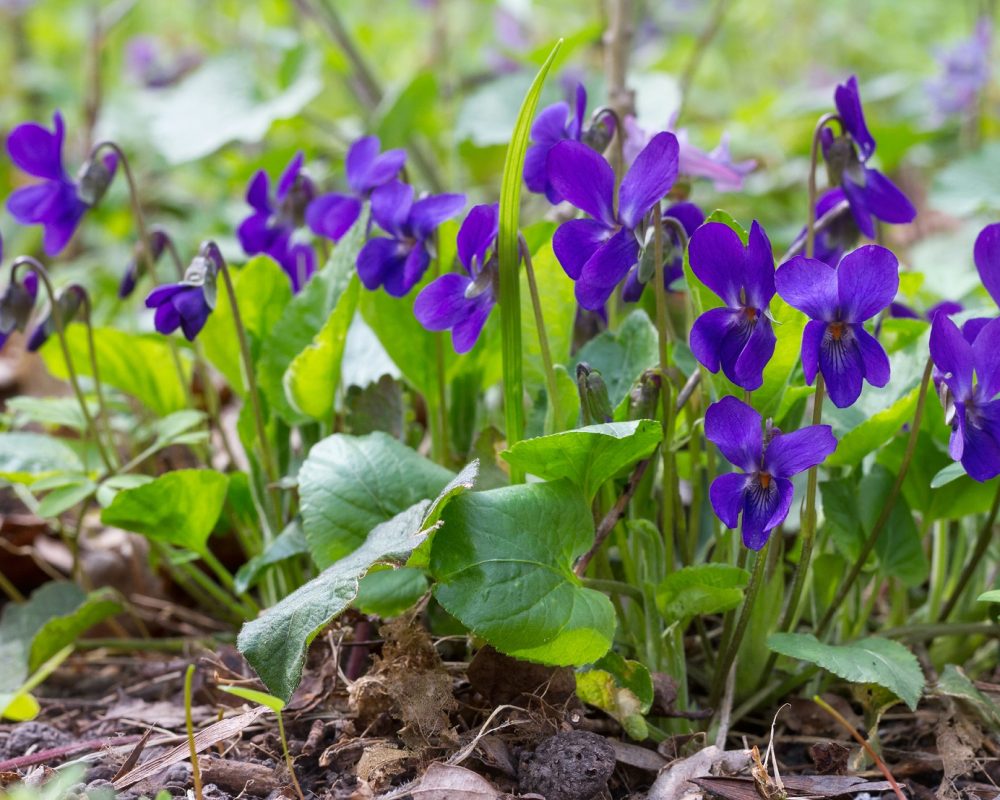The sustainability guide categories

Critically endangered
Critically endangered in the wild. Listed on CITES or National Red Lists. Do not use unless from cultivated sources or from certified, sustainable wild collection sold with appropriate guarantees and certification.

Caution: At risk
At risk from overharvesting and habitat loss. Commonly sourced from the wild though may also be in cultivation. Only source cultivated supplies or from certified sustainable wild collection.

Lower risk
Not currently on risk lists but complete data may be missing on the status of the species. Commonly cultivated though may be sourced from the wild. Only source cultivated supplies or from certified sustainable wild collection.
This Sustainability Guide uses a ‘traffic-light’ designation of Green-Amber-Red. It is intended as a guide, not an absolute designation.
It has been collated by our Herbal Reality team and research with TRAFFIC, CITES, National Red or Endangered Lists, FairWild, United Plant Savers, Sustainable Herbs Program.
With over 70,000 plants used in herbal traditions and only 3,000 cultivated commercially, it is important that you know where your herbs come from, whether they are grown or wild-harvested, and how they are grown or wild-harvested.
As the increasing interest in natural health solutions can put pressure on wild sources, it is essential to buy herbs with a known history.
Impact of harvesting different plant parts:
- Barks: Removal of barks can kill trees. Taking many years to regenerate, they should be either coppiced or removed in a rotation.
- Resins: Tapping the resin of plants can drain nutritive reserves and weaken defences.
- Roots: Digging roots can remove the whole plant, reducing the potential for future growth and damaging population densities.
- Flowers: Prevents the formation of seeds and furthering of genetic diversity.
- Seeds: Harvesting can prevent the spread of genetic diversity and reduce local populations.
- Fruits: Harvesting reduces the potential for spreading the seed.
Before you buy, ask yourself:
- Where is this species/herb/product grown?
- Is there any environmental certification – e.g. Organic?
- Is there any social certification – e.g. Fairtrade?
- Is the herb from the wild? If so, is it certified – e.g. by FairWild?
- Is there a mention of quality standards?
- If not, why not?!
Herbs and their sustainability status
Critically endangered

Critically endangered in the wild. Listed on CITES or National Red Lists. Do not use unless from cultivated sources or from certified, sustainable wild collection sold with appropriate guarantees and certification.
Caution: At risk

At risk from overharvesting and habitat loss. Commonly sourced from the wild though may also be in cultivation. Only source cultivated supplies or from certified sustainable wild collection.
Lower risk

Not currently on risk lists but complete data may be missing on the status of the species. Commonly cultivated though may be sourced from the wild. Only source cultivated supplies or from certified sustainable wild collection.




































































































































































































































